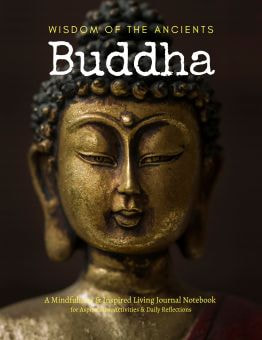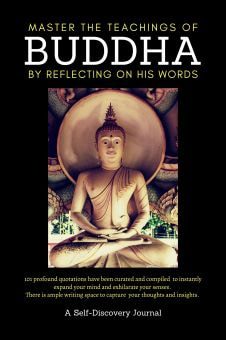While a traditional journal focuses primarily on words, an art journal may use images as its primary medium, with words playing a supporting role—or vice versa.
Here are some characteristics and benefits of art journaling:
- Self-Expression: Art journaling offers a platform to express thoughts, feelings, and experiences in a visual format. This can be especially beneficial for individuals who find it easier to communicate or process emotions through art rather than words alone.
- Creativity: Art journals provide a space to experiment with different artistic techniques, such as sketching, painting, stamping, collaging, and more. It’s a playground for artistic experimentation without the pressure of producing a final product.
- Therapeutic: Many people find the process of combining words and art to be therapeutic. The act of creation can be meditative and calming, helping to reduce stress and improve mental well-being.
- Documentation: Just like a written journal, an art journal can serve as a record of one’s life, capturing memories, feelings, and ideas in a unique and vivid format.
- Skill Development: Regularly working in an art journal can help enhance both artistic and writing skills. Since there's no pressure to make things "perfect," individuals can experiment and learn without fear of judgment.
- Personal Growth: Reflecting on one's life and feelings through the combined lens of writing and art can provide profound insights and foster personal growth.
- Flexibility: There are no strict rules when it comes to art journaling. Some people might lean heavily on visuals, while others may incorporate more writing. Some might use it as a daily diary, and others as an occasional outlet.
To start art journaling, all you need is a blank notebook and some basic art supplies like pens, pencils, paints, and brushes. From there, it is all about letting your imagination run free and allowing your thoughts and emotions to guide your creations.


















